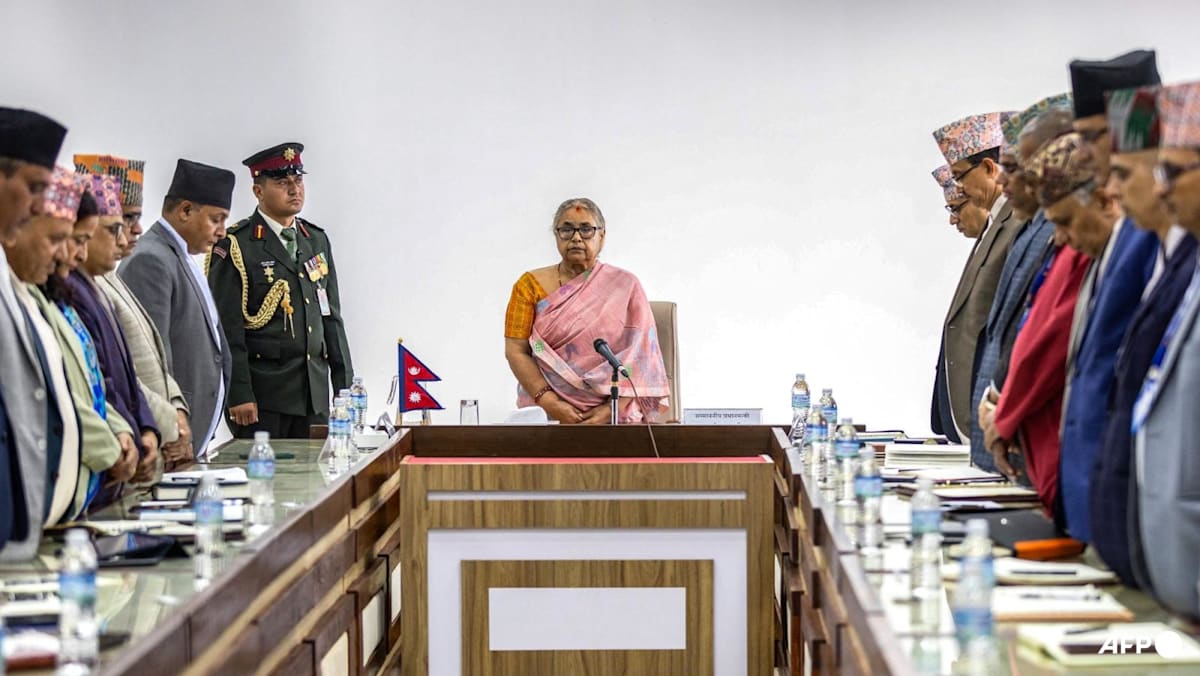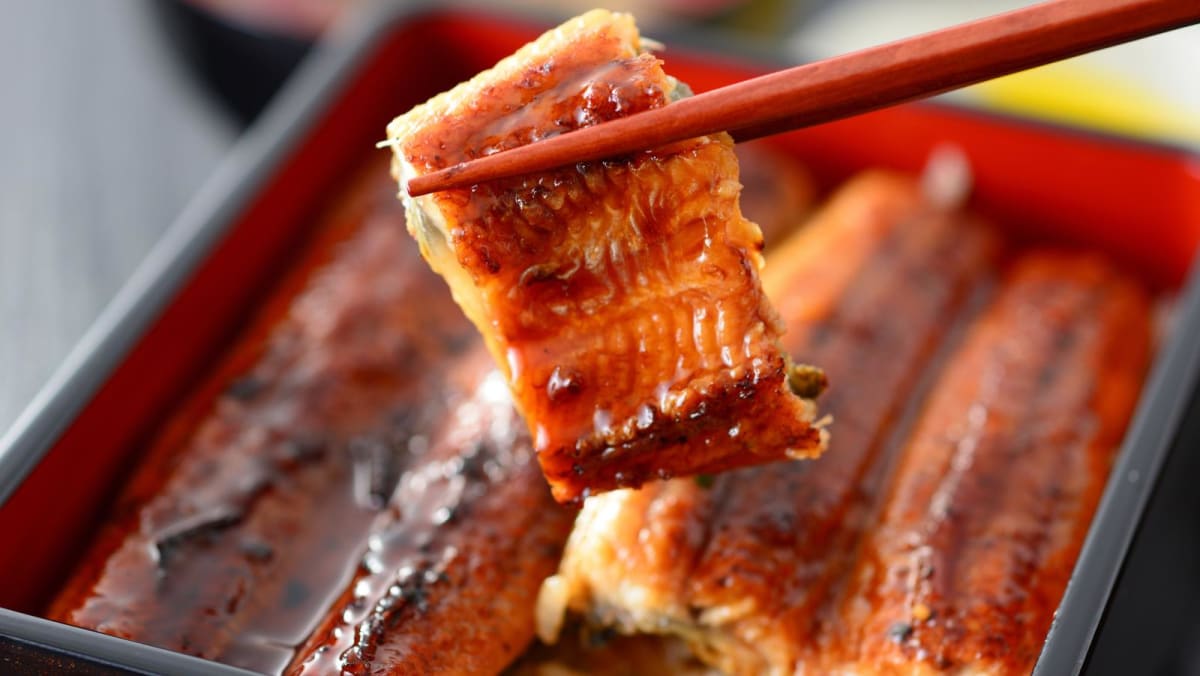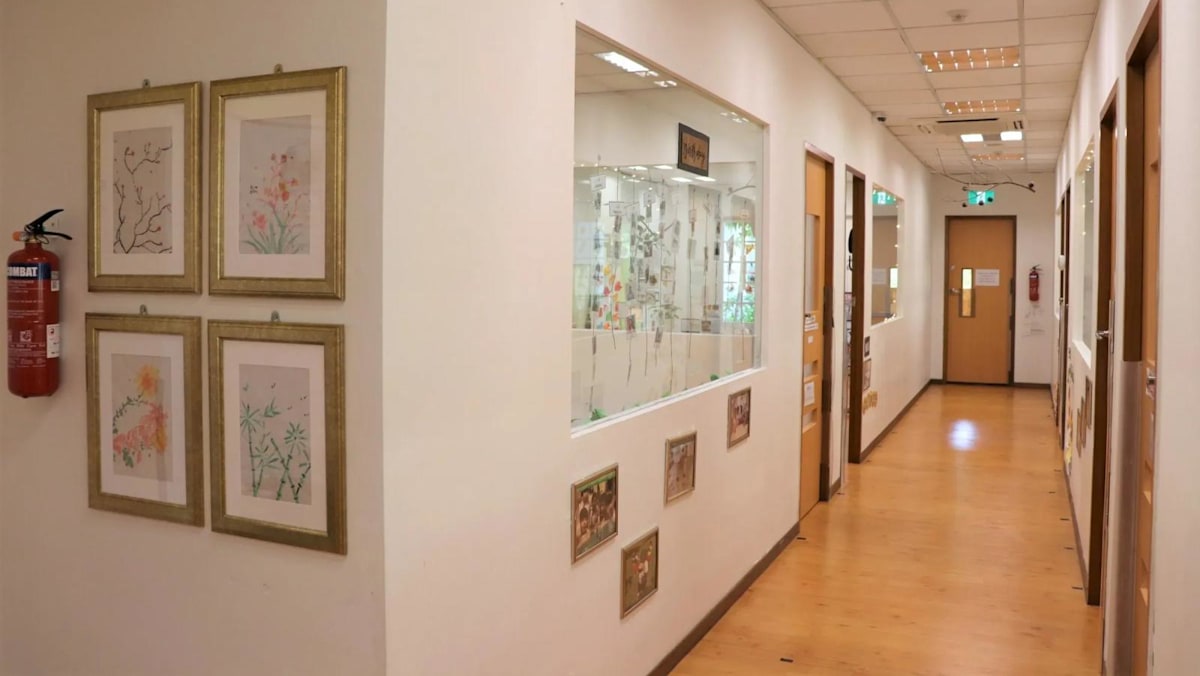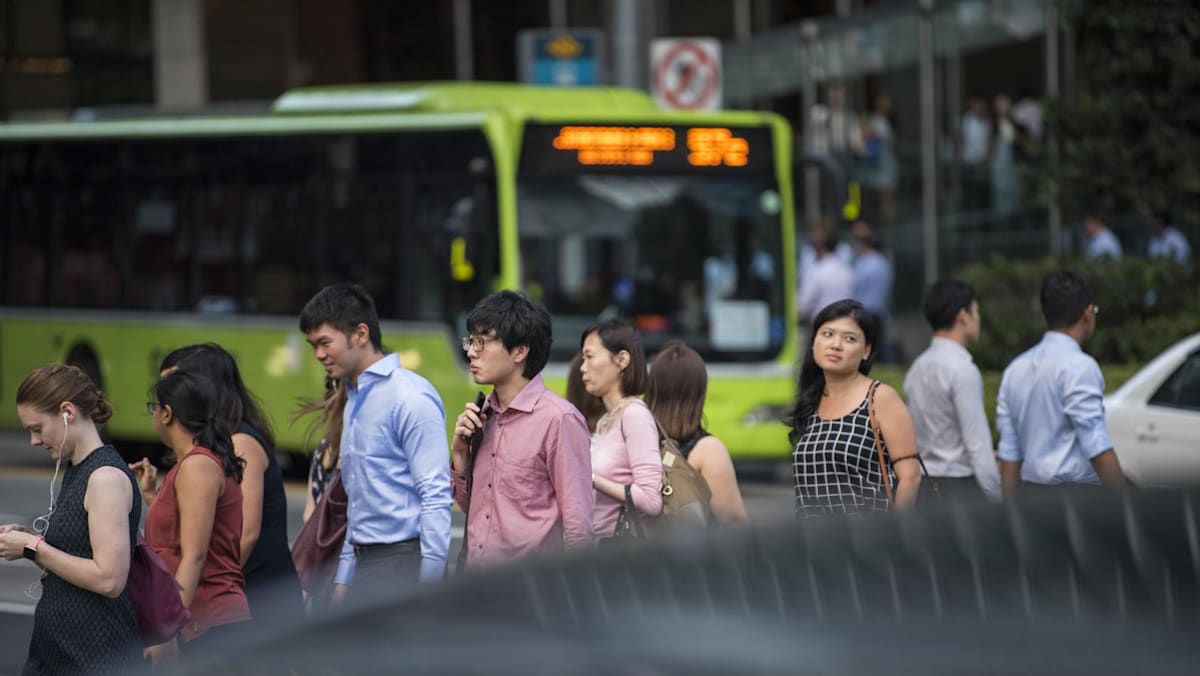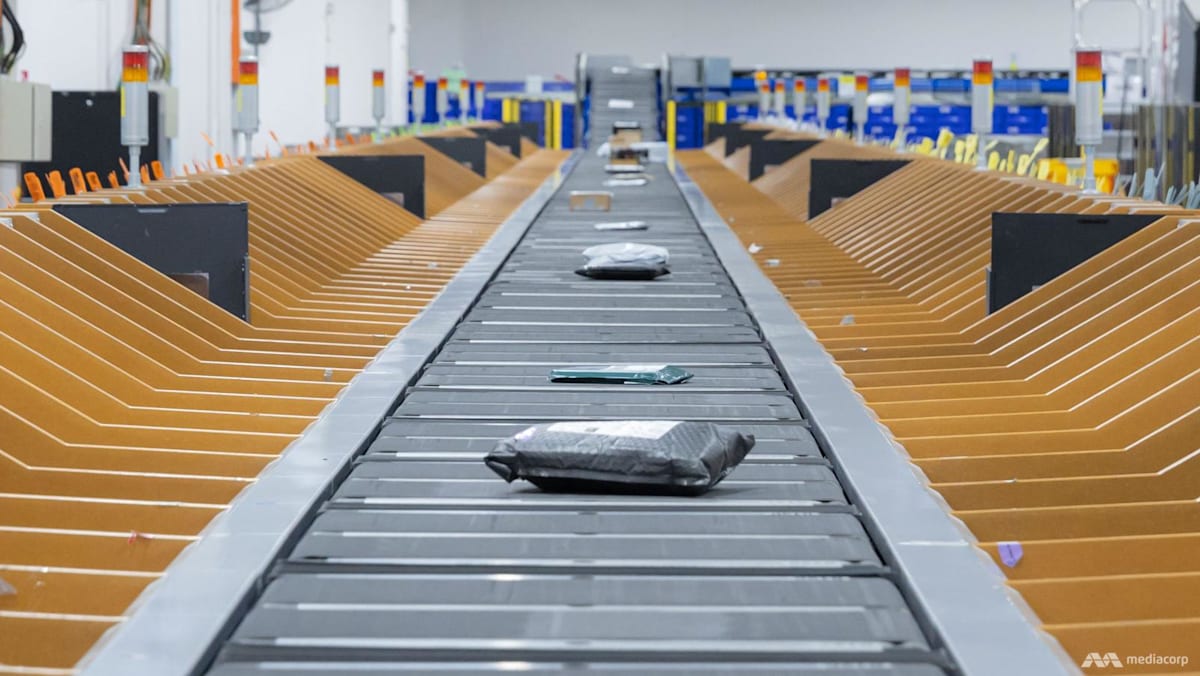WE DON’T KNOW WHAT WE’RE EATING
When we eat seafood in Singapore, we often don’t know what we’re eating and how it’s produced. Singapore imports over 90 per cent of the food we consume, and in 2024, 6 per cent of consumed seafood came from local farms.
Many things make identifying seafood difficult. Even when we can see what the animal is, like at wet markets or supermarkets’ whole fish sections, they can still be difficult to tell apart visually. It’s easy to tell if a whole, live eel is an anguillid rather than a moray, but less easy to visually differentiate certain anguillid species.
Seafood also can reach us far removed from how it once looked. For instance, unagi mostly arrives as fillets that are seasoned and grilled, eliminating all the features you’d use to figure out what species you’re eating – like colour, fin shape or body shape.
This issue plagues not only eels. It can be hard to realise we’re threatening vulnerable shark species like hammerheads when purchasing dried shark fin, or endangered whiprays when eating grilled sambal stingray. The same is true of heavily processed products like fish- or shrimp balls, which sometimes contain pork or lack the crustaceans they are named for.
Furthermore, ambiguous labelling is part of the issue. Vague general names like “eel”, “stingray” or “shrimp” can obfuscate the species we’re consuming. Less valuable seafood can be upsold under the guise of more premium products. For instance, fish roe could be sold as prawn roe, and farmed salmon sold as wild-caught salmon.
